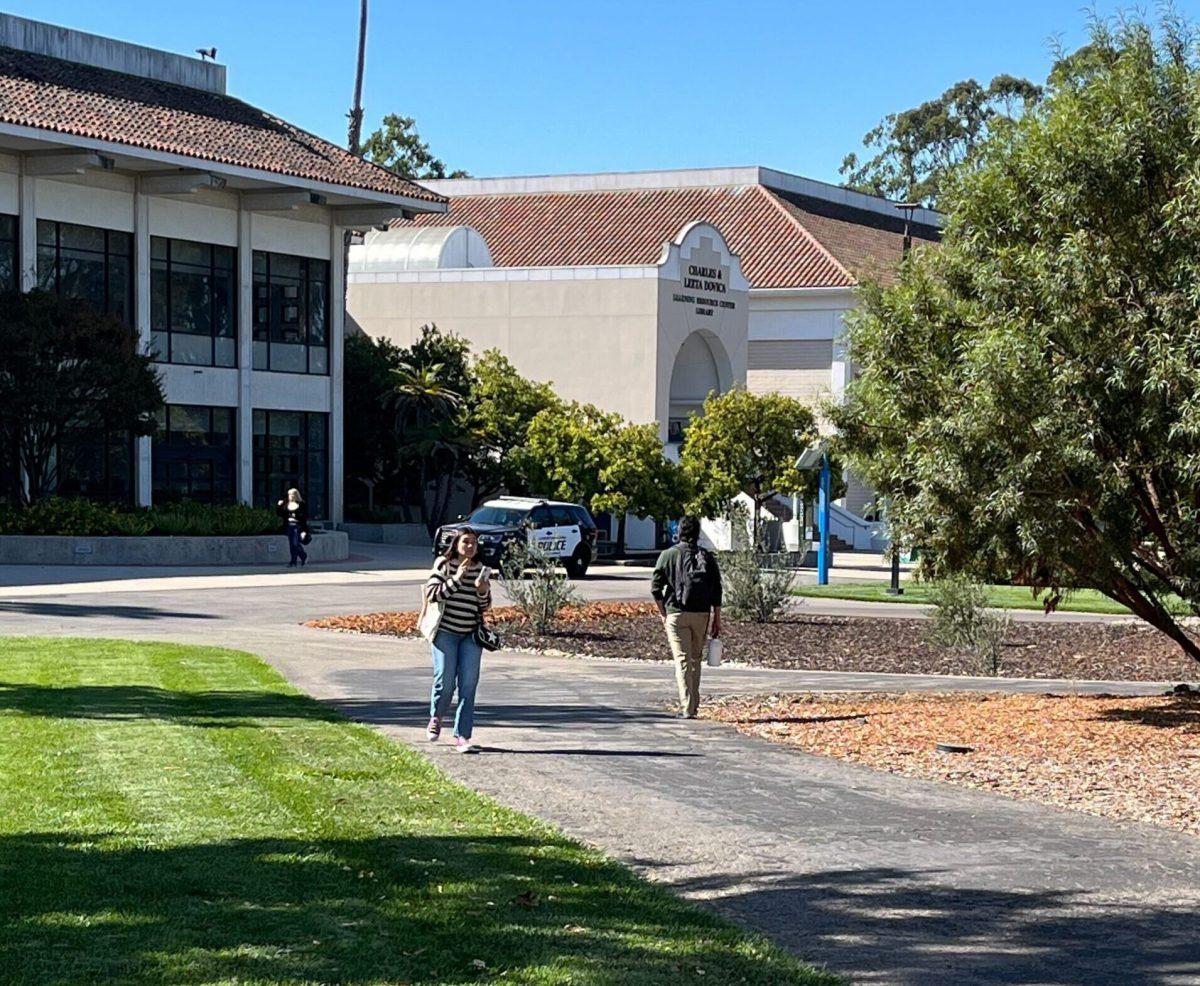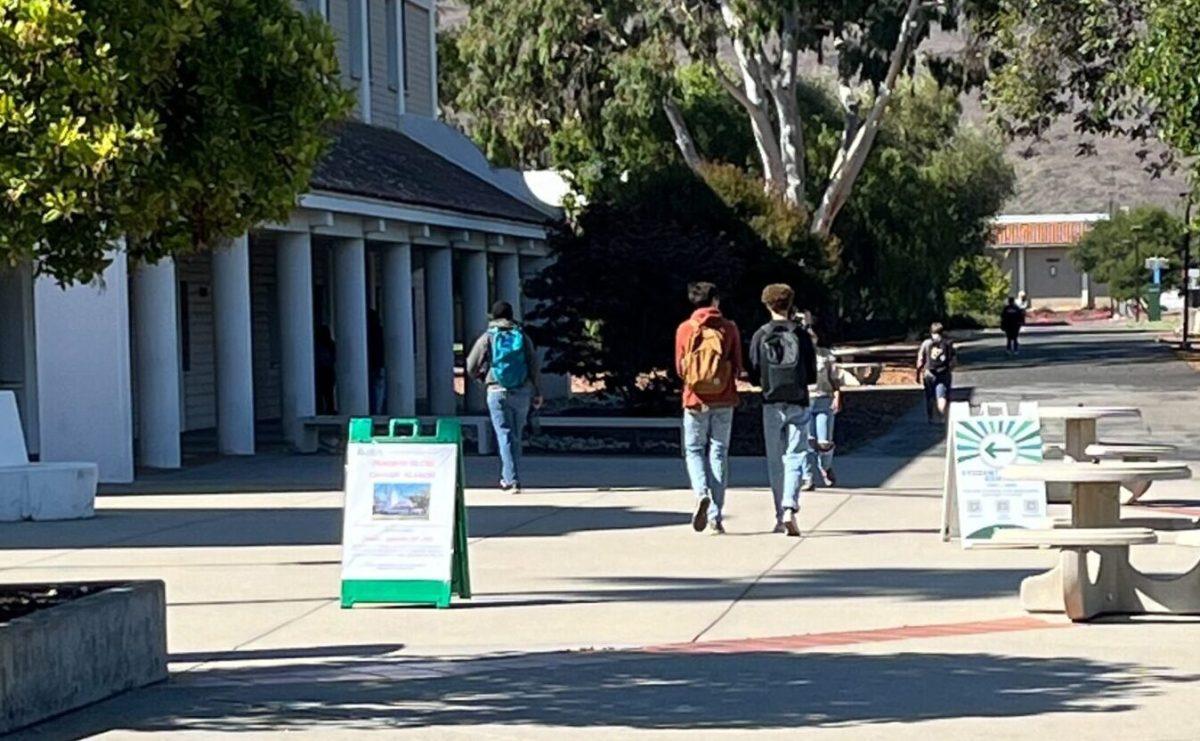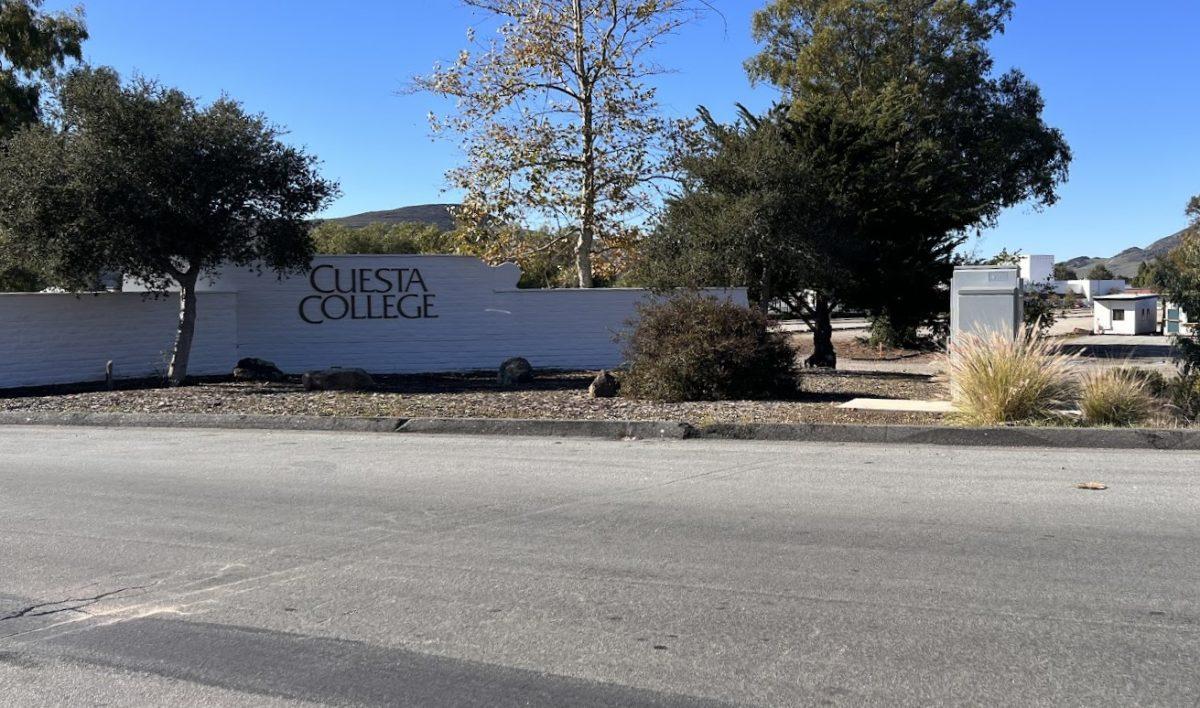Cuesta College has been the victim of a string of online scammers.
The issue of enrollment fraud at Cuesta College has persisted for several years. The problem has become so prevalent in California that the U.S. Department of Education has been looking into the matter, with 48 investigations currently in progress.
Ghost students are fake student accounts created by cyber scammers who take advantage of loopholes in the college enrollment process. Using fraudulent, or oftentimes stolen information, many of the fake accounts that are registered for higher education classes cannot be verified until weeks after the semester starts, where they are subsequently dropped due to inactivity.
“This is something that California community colleges have really been battling since 2017,” said Jill Stearns, president of Cuesta College. “We have a number of systems in place that are all working to identify patterns of behavior that indicate when you have potential fraudulent enrollments.”
The rise in online scam prevalence dovetails with the rise of new AI technology. And with the increasing sophistication of these scams, as well as a shift to remote classes during the pandemic, the collegiate environment has become increasingly vulnerable to fraud. College administrators and state officials are investing in ways to combat it.
“There has been a tremendous amount of effort put into combating this, but with generative AI, the bad actors are able to rapidly advance their approaches creating these false enrollments,” Stearns said.
Ghost enrollments aren’t just affecting college administrators and faculty. Waitlisted students could lose out on opportunities to take some of the classes necessary for their degrees because of ghost students filling limited class sizes. And schools like Cuesta College are taking the initiative to combat it.
“The faculty had serious concerns because in some cases they know the names of students that are on the waitlist,” Stearns said. “We’re encouraging the waitlisted students to engage with the staff in case any slots open up.”
The false enrollment scandal is drawing attention from major news outlets in California. Higher education reporter Nanette Asimov is covering the story for the San Francisco Chronicle.
“Fake enrollments also crowd out legitimate students and create hours of work for colleges trying to eliminate ‘ghost students,’” Asimov wrote in a piece covering this story. “Impersonating students is crucial to the scam. Once a college requires an in-person appearance, the crime falls apart.”
“Pell Runners,” as they’re being called, are reaping the benefits of Pell Grant system loopholes, with community colleges in California reporting over $5 million in benefits being handed over to scammers since 2021. According to the California Community College Chancellor’s Office, the fraud has gotten out of control.
“The chancellor’s office began requiring the state’s 116 community colleges to submit these reports three years ago, after fraud cases surged,” wrote Adam Echelman in a story for Cal Matters. “At the time, the office said it suspected 20% of college applicants were fraudulent.”
And with California adding $125 million to its annual budget for cybersecurity and fraud detection since 2022, the state’s been actively combating the issue. But it’s been an uphill battle. According to the chancellor’s office, suspected fraudulent registrations increased 25% in January.
“One department eliminated 80 ghost students, only to have 80 more show up within an hour,” City College of San Francisco Department Chair Council President Darlene Alioto said.
Despite enrollment fraud’s continued persistence, colleges continue trying to fight it. The chancellor’s office is now requiring California community colleges to send reports on enrollment fraud on a monthly basis to keep track of the issue.
“Our state system office is where we are reporting to the California Community College Chancellor’s office.” Stearns said. “We’re working very, very closely with this statewide system.”





















